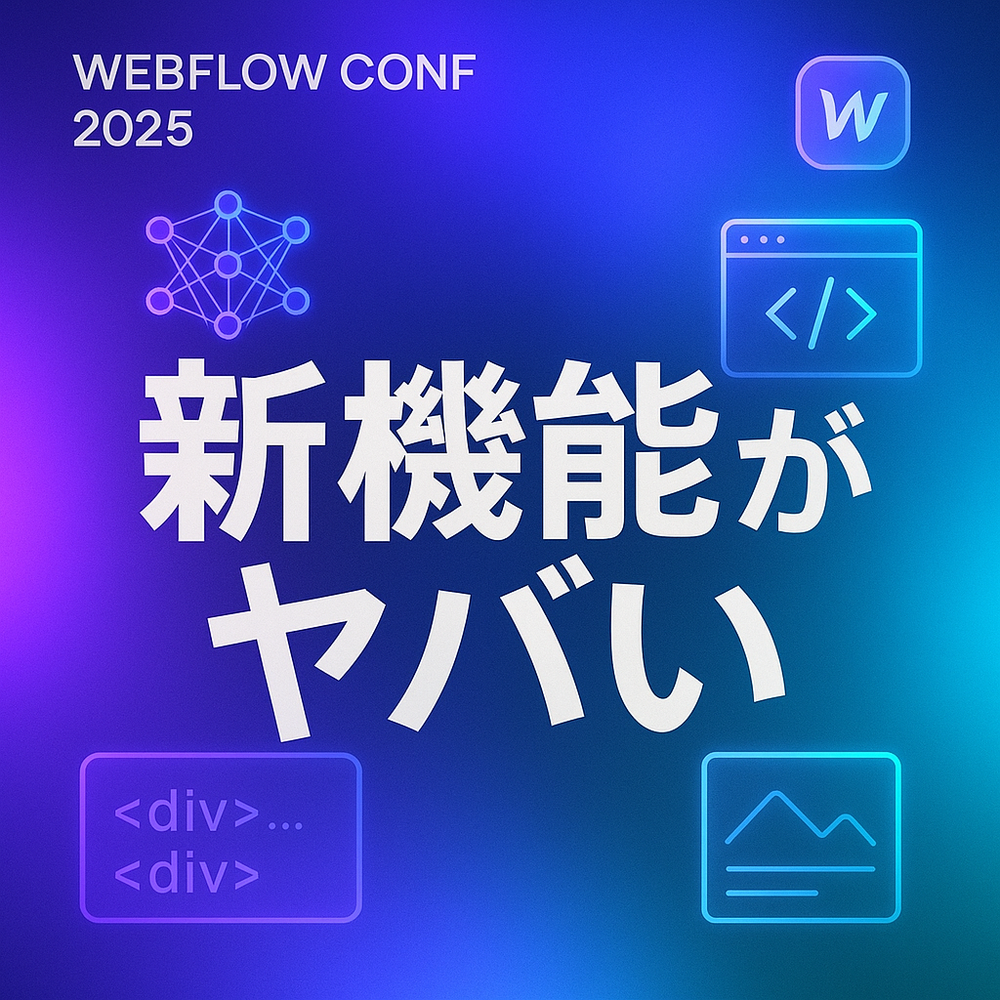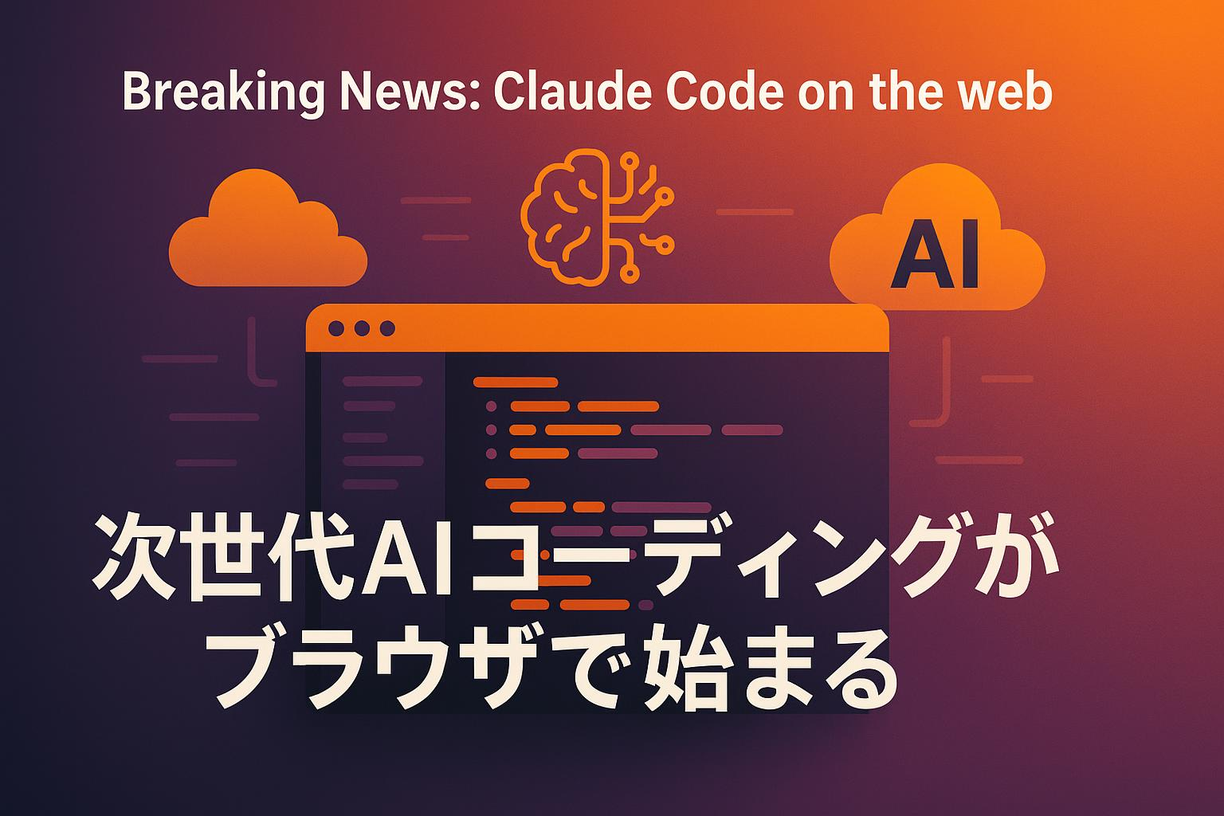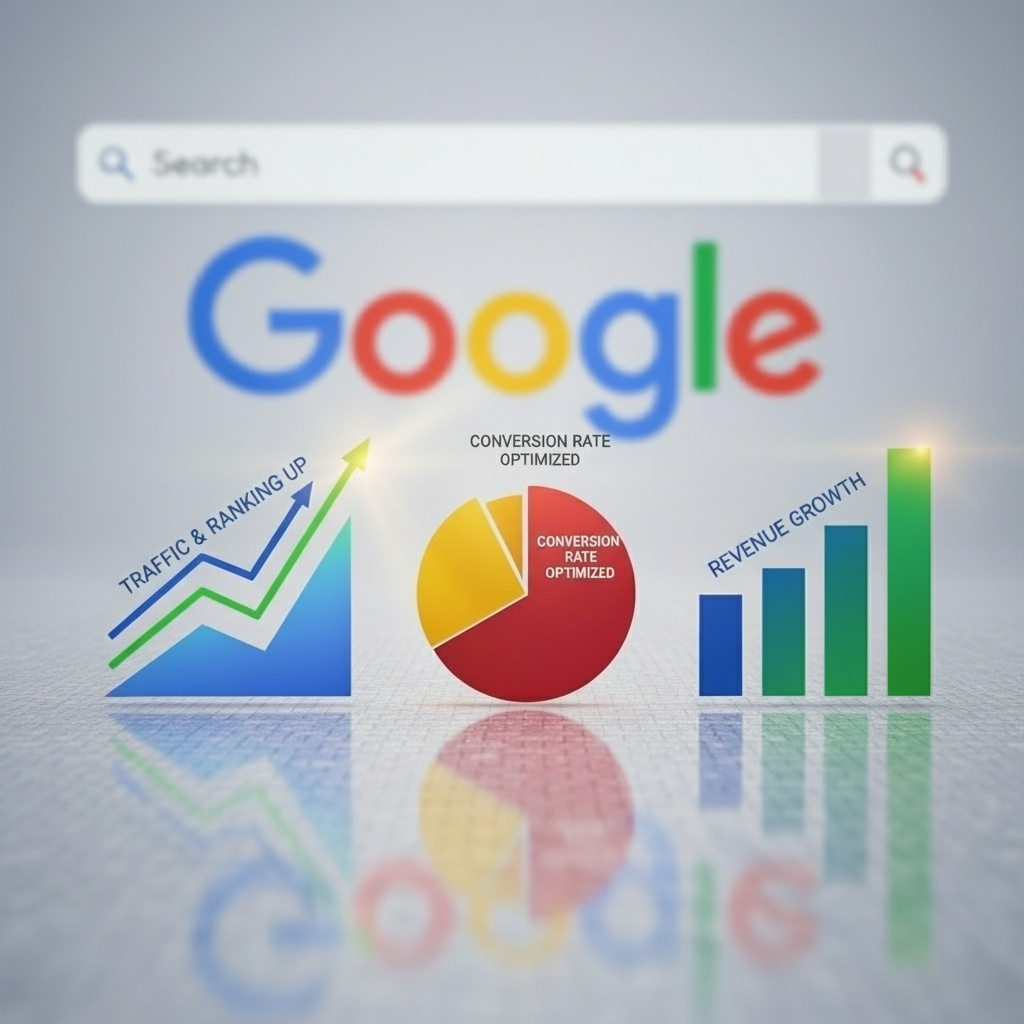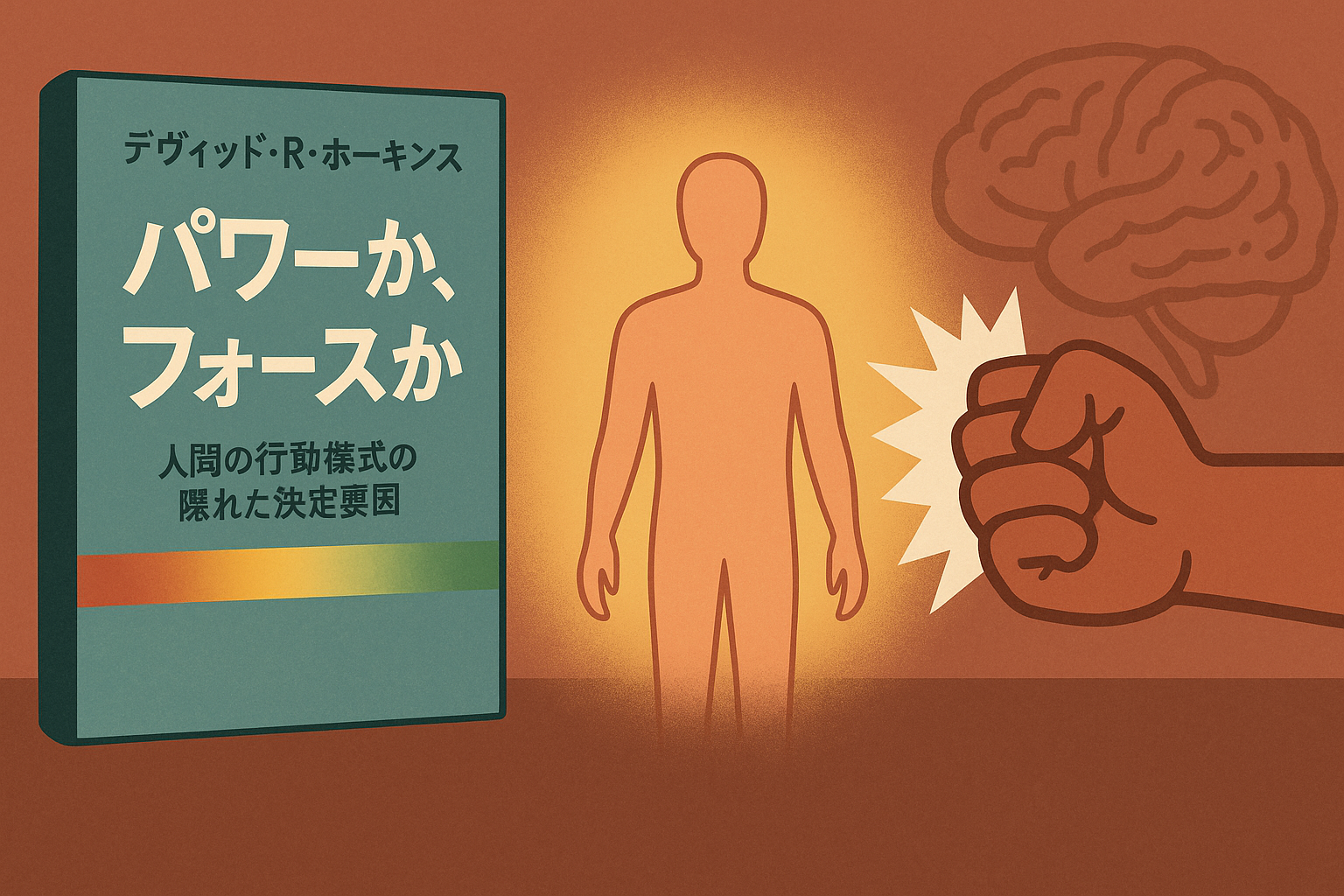Why is the “quality” of content important now?
Modern society is overflowing with information like never before. With the spread of the internet, everyone can easily send out information and access huge amounts of information. In this age of excessive information, simply sending information is buried in many other information, and it is difficult to deliver it to the person you want to deliver it to. That's why the “quality” of content is given more importance than ever before.
Google, the search engine giant, has also consistently set the “user first” philosophy and aims to provide users with truly valuable information. To that end, search algorithms continue to evolve day by day, evaluating higher quality content and displaying it at the top of search results. In other words, the quality of content is a decisive factor in order to achieve results in search engines.
In this article, I will comprehensively explain specific methods for accurately capturing readers' search intentions and creating high-quality content that resonates with the heart. We provide practical know-how, from understanding search intent to conditions for content to be evaluated by Google, creation techniques loved by both readers and search engines, and even improvement methods after publication. We hope this article can help you take your content writing skills to the next level and accelerate your business growth.
1. Those who control search intent control content
In order to achieve success in content marketing, it is essential to first have a deep understanding of “search intent.” Search intent refers to the very “purpose” or “thing you want to know” that a user has when entering a keyword into a search engine. If it is possible to accurately capture this search intention and provide content that responds to it, user satisfaction can be increased, and as a result, evaluations from search engines can also be improved.
1.1 What is search intent? Decipher the deep psychology of users
Search intent is more than just the superficial meaning of keywords entered by users. Behind this, deep psychology such as problems, questions, and desires that users have is hidden. For example, users searching with the keyword “diet method” may not only want to know how to diet, but also have more specific needs and desires, such as “I want to lose weight effectively in a short period of time,” “I want to lose weight healthily,” and “I don't want to rebound.”
Deciphering these deep psychology and providing information that users are really looking for is the first step in creating high-quality content. It is important to carefully analyze user needs hidden in search queries and clarify what kind of information and in what form they are seeking. The more you understand this, the more accurate and valuable content you'll be able to create.
1.2 Understanding the Four Categories of Search Intent: Know, Go, Do, and Buy
Google broadly divides users' search intentions into 4 types. Understanding these classifications is extremely helpful in creating content that matches each intention.
Know query (want to know): information-gathering type intentionThis is a search with the intention of wanting to know or learn information about a specific topic. For example, searches such as “what is economics” and “the latest smartphone models” are applicable. This type of query requires content that provides exhaustive, accurate information and answers user questions.
Go query (I want to go): the intention to visit a specific location or siteIt's a search with the clear intention that the user wants to visit a specific website or physical location. “YouTube,” “Tokyo Station Map,” etc. correspond to this. In this case, it's important to provide accurate information and navigation so that users can get to their desired location smoothly.
Do query (want to): action/ execution type intentionIt's a search with the intention of wanting to do something. “Easy recipe pasta,” “flight reservation method,” etc. are applicable. For this type of query, content is required that explains specific procedures and methods in an easy-to-understand manner and allows users to actually take action.
Buy query (want to buy): purchase/transactional intentIt is a search with the intention of purchasing or comparing products and services. “Recommended laptop computers,” “cheap airline ticket comparisons,” etc. fall under this category. In this case, it is important to present product features, prices, reviews, etc., and provide information to support the user's purchasing decision.
Being aware of these four search intentions and formulating a content strategy for each type will lead to an improvement in user satisfaction and SEO effectiveness.

(Column) 3 categories of search queries: navigational, transactional, informational
In addition to the 4 categories described above, there are 3 categories of search intent based on the characteristics of search queries. Navigational queries are aimed at visiting specific sites (close to Go queries), while transactional queries are aimed at transactions such as purchases or reservations (close to Buy queries and some Do queries). And informational queries aim to obtain information (close to Know queries). If you also understand these classifications, you can analyze search intent from a more multifaceted perspective.
1.3 Practical research methods to accurately grasp search intent
In order to accurately grasp search intent, it is important to practice specific research methods. Here are a few effective research methods.
Utilizing suggestion keywordsSuggested keywords (search candidates) that are displayed when a keyword is entered in the search window of a search engine are related keywords that other users are actually searching for, and are valuable clues in searching for search intentions. By analyzing these keywords, it is possible to understand what information users are interested in and what words they are searching for.
Analysis of the top displayed sitesWhen searching with the target keyword, the website displayed at the top of the search results is content that Google currently evaluates as most satisfying the user's search intention for that keyword. By analyzing the content, structure, titles, headings, etc. of these sites in detail, you can get hints about what kind of information is being sought and from what perspective content should be created.
Utilizing the Q&A siteYahoo! Tell me about the wisdom bag! Many specific user concerns and questions have been posted on Q&A sites such as Goo. By searching these sites for relevant keywords and investigating what questions users are asking and what answers they are happy with, you can understand search intent at a deeper level.
Create and utilize user personasIt is also effective to create a “user persona” that specifically sets the target user image. By setting age, gender, occupation, interests, issues, etc. in detail, it becomes easier to concretely imagine what kind of information that persona is looking for and what words they sympathize with, leading to content creation that is close to search intentions.
By combining these research methods, it is possible to understand users' search intentions more multifaceted and deeper, leading to accurate content creation.
2. : Google also approves it! The conditions for “excellent content” that produces results
Once the search user's intention has been accurately captured, the next step is to create “excellent content” that responds to that intention. So, what specific conditions does “excellent content” that is highly praised by search engines such as Google and users who actually come into contact with the content meet? In this chapter, we'll delve into its essential elements, the framework for being deeply engraved in readers' memories, and the pitfalls of failure to avoid.
2.1 Essential elements that “great content” should have
Great content isn't just a list of information. It has several essential elements that are truly valuable to readers and that value is conveyed to search engines.
Uniqueness: value that goes beyond ordinary informationThere is a myriad of information on the internet. In order not to be buried in it and be selected by readers, it is essential to provide original content based on unique perspectives, analysis, experiences, data, etc., rather than plain information that can be found anywhere else. By incorporating your own experience, expertise, or unique research results, etc., depth and uniqueness are created in the content.
Expertise/Authority/Reliability (E-E-A-T): Earning trust from users and search enginesGoogle places importance on E-E-A-T (Experience: Experience, Expertise: Expertise, Authoritativeness: Authority, Trustworthiness: Reliability) of content, particularly in the YMYL (Your Money or Your Life: information that may have a major impact on money or life) area. You need to show that the content creator has sufficient experience and expertise in the field, that the source is authoritative, and that the entire site is trustworthy. Specific achievements, career, citation sources, expert supervision, etc. are effective in improving E-E-A-T.
Completeness: Amount of information that completely resolves user questionsWhen users search for a keyword, multiple questions and information they want to know are often hidden in the background. Good content has enough information to anticipate relevant questions and needs that users may have and comprehensively answer them. However, it's important not just to pack in information, but to provide it in a logical, easy-to-understand structure.
Up-to-date: always providing fresh informationInformation gets old over time. Especially in rapidly changing industries and topics, there is a need to keep providing the latest information at all times. By regularly reviewing and updating information and maintaining the freshness of content, you can gain the trust of readers and maintain and improve evaluations from search engines.
Storytelling: The power of stories to appeal to readers' emotionsPeople are driven not only by logic, but also by emotions. In addition to simply conveying facts, content becomes more appealing and memorable by using expressions that have a narrative character and appeal to readers' emotions. By conveying information in such a way that it talks while exchanging specific episodes and cases, it is easier to gain the sympathy of readers.
Being aware of these elements and incorporating them into the content in a well-balanced manner is the key to creating truly great content.
2.2 The “Four E's” Framework Deeply Engraved in Readers' Memories
The “4 E's” are proposed as an effective framework for creating memorable content that provides value to readers. This is an important way of thinking that was also introduced in the original article.
Educate: Providing useful knowledge and informationIt is content that supports the learning and growth of readers by providing new knowledge and skills they did not know, and specific methods for solving problems. This includes explaining specialized information in an easy-to-understand manner and sharing practical know-how.
Engage: Engage your readers and encourage them to actIt is content that prepares mechanisms that make readers want to actively participate in the content. By asking questions, encouraging comments and sharing, and conducting quizzes and surveys, we create interaction with readers and increase engagement.
Entertain (entertain): a way to keep readers from getting boredThe content incorporates humor, uses interesting storytelling, and incorporates visually appealing designs so that readers can obtain information while having fun. Even if the content is educational, by adding entertainment, readers can maintain their concentration and make them understand the content more deeply.
Empower: Gives readers confidence and solutionsIt is content that shows specific solutions and action guidelines to the problems and issues that readers face, and encourages them to take a step forward with confidence. Make a positive impact on readers by sharing success stories and conveying encouraging messages.
Ideally, you should aim for content that satisfies at least 3 of these “4 E's.” For example, even educational content (Educate) incorporates ingenuity (Entertain) to keep readers from getting bored and empowering readers to take action (Empower). By utilizing this framework, you can create more diverse and engaging content.

(Case example) Content examples that effectively utilize the 4 E's
For example, if it is a cooking recipe site, it is possible not only to teach how to cook (Educate), but also to entertain (Entertain) with beautiful photos and videos of the cooking process, encourage interaction (Engage) with a comment function that makes readers want to actually try making it, make them imagine the joy they can get by serving finished food to their families, and give confidence in cooking (Empower).
2.3 “Failure traps” to avoid when creating content
While aiming for excellent content, it is also necessary to understand the “failure trap” that people tend to fall into. Content with the following characteristics is less likely to be evaluated by readers and search engines, so be careful.
Mediocre and ununique contentContent that is common everywhere, such as simply gathering information from other sites, cannot provide new value to readers. Common content that can be easily generated by AI is quickly forgotten in the modern age where there is too much information.
Content that lacks the reader's perspectiveContent that unilaterally transmits only what the creator wants to convey cannot meet readers' needs. You should always put yourself in the reader's shoes and think about what they want to know and what words to use to convey it to make it resonate.
Content that is difficult to understand because the information is not organizedNo matter how useful information is included, readers will not be able to read until the end if the structure is complicated and difficult to read, or that uses a lot of technical terms and is difficult to understand. It's important to pursue ease of understanding, such as logical organization, plain language, and the use of appropriate visual elements.
Avoiding these pitfalls and continuing to provide unique content that is valuable to readers at all times will lead to long-term success.
3. Content creation techniques loved by both search engines and readers
After understanding search intent and grasping the conditions for excellent content, I will now explain specific creation techniques. In order to create content that will win the hearts of readers and be appropriately evaluated by search engines, it is important to utilize writing skills and SEO knowledge in a well-balanced manner. In this chapter, I will explain everything from writing techniques that resonate with readers, basic SEO writing favored by search engines, and points for adding users' unique perspectives.
3.1 Writing techniques to win readers' hearts
Writing that resonates with the hearts of readers is essential for getting them to read through the content, deeply understand the content, and ultimately take action.
Clear and easy-to-understand sentence structureIt is basic to organize the information you want to convey in a logical and easy-to-understand manner, and structure it so that readers can smoothly understand the content. Use the PREP method (Point: conclusion, Reason: reason, Example: specific example, Point: re-presentation of conclusion), etc., and clearly show arguments and evidence. Also, keeping one sentence short and simple, and avoiding technical terms and choosing plain words also lead to ease of understanding.
Use appropriate headings (h2, h3) and bullet pointsBy separating long sentences with appropriate headings (h2, h3, etc.), it is easier to grasp the overall picture, and it is easier to jump to the place you want to read. Also, by using bullet points when listing multiple items, the information is organized, making it easier to understand visually. This makes it possible to meet the needs of users who want to skim through it.
Combinations of various forms of expression (text, images, videos)By combining not only text, but also various methods of expression such as images, diagrams, graphs, and videos, content becomes more appealing and easier to understand. In particular, complex information and data are expressed visually to aid intuitive understanding. Readers vary in content consumption styles, so providing information in a variety of formats is important.
Consideration for readers' content consumption stylesAs mentioned above, there are various styles of content consumption among readers, such as those who read carefully, those who want to get a quick overview, and those who prefer visual information. Use bold letters and markers to highlight headings and key points, and place summaries at the beginning, and devise ways to meet the needs of diverse readers.
3.2 SEO Writing Basics Evaluated by Search Engines
Creating content that provides value to readers is paramount, but basic SEO writing to get search engines to correctly recognize and evaluate that content cannot be ignored.
Proper placement of keywords (title, headline, body)It is basic to include target keywords in the title of the content, headings such as h1, h2, and h3 in a natural form in the text. However, avoid “keyword stuffing,” which is excessively packed with keywords, as it is subject to penalties, and try to write sentences that are natural and easy for readers to understand.
Internal structures that enhance crawlability (internal links, breadcrumb lists)It's important to optimize the internal structure so that search engine crawlers can efficiently cycle through and understand content within the site. By connecting highly relevant articles with internal links and setting up a breadcrumb list showing the hierarchical structure of the site, crawlability is improved, and it also has a positive impact on SEO evaluations.
Utilizing structured dataStructured data is markup that allows search engines to better understand what content is about. For example, if it's a recipe article, cooking time and ingredients; if it's event information, the date, time, location, etc. are shown with structured data, it is easier to be displayed as rich snippets in search results, and an increase in click-through rates can be expected.
Mobile-friendly and optimized display speedIn the modern age where access from smartphones has become mainstream, a mobile-friendly design is a prerequisite. Also, page display speed also has a big impact on user experience and SEO evaluation, so let's aim for high-speed display by optimizing images and deleting unnecessary scripts.
3.3 [Section reflecting the user's viewpoint and primary information]
The content up to this point is general ideas and techniques for creating high-quality content. However, in order to create content that is truly differentiated from others and deeply resonates with the hearts of readers,Your own original point of view and primary information you can't get anywhere elseIncorporating it is extremely important.
This section is the place for just that. For example, by providing the following information, we can dramatically increase the value of the article.
- Your own experiences and specific success stories and failure stories: Stories based not only on abstract theory but also on actual experiences resonate with readers and increase persuasiveness.
- Unique survey data and analysis results: If you have data collected and analyzed independently, it is a powerful weapon like no other.
- Deep insight and future predictions as an industry expert: Your unique point of view in your field of expertise and future trend predictions are extremely valuable information for readers.
- Specific questions and concerns from readers, and your answers to them: Content based on actual user testimonials will resonate with more readers.
- Your own frameworks and know-how developed by you: If there is one, it can be the core of the content.
Depending on what information you can provide, we would like to work together to develop the specific content of this section. Please let me ask you more about what kind of information you would like later.
4. Content is living creatures: improvements and effect measurements after publication
Creating and publishing great content isn't a goal; rather, it's a starting line. Once content is created, it's not over; it's like a “living thing” that continuously improves in line with changes in the market and user responses. In this chapter, I will explain the importance of updating information, analyzing user responses, and measuring effectiveness in order to further grow content after publication.
4.1 The importance of regular information updates and maintenance
Information can become old over time and lose its value. In particular, regular review and update of information is essential in fields such as rapid changes in laws and systems, technological advances, and changes in market trends. If you leave out of date information, not only will it damage your trust from readers, it may also reduce your reputation from search engines.
Please specify the date the content was published and the date it was last updated, and don't neglect maintenance such as checking the content regularly, updating it to the latest information, and making sure there are no broken links. This helps maintain the freshness and authenticity of the content.
4.2 User response analysis and content improvement cycle
It is important to analyze how users respond to published content and repeat improvements based on that in order to further improve the quality of content. Use an access analysis tool (Google Analytics, etc.) to check the following indicators.
- Number of page views/unique users: How many people are watching.
- Average time spent on page and bounce rate: Does your content engage and satisfy readers?
- conversion rate: Does the content lead to the intended results (inquiries, purchases, etc.)?
- User comments and feedback: It is also important to listen to readers' live voices through mentions on SNS and comments sections within the site.
These data are analyzed, hypotheses such as “why is this content being read (or not read)” and “where improvements can be made to be more useful to readers,” and specific improvement measures are implemented. Then, by going through the PDCA cycle of re-analyzing the results, the content evolves continuously.
4.3 Key indicators and tools for measuring effectiveness
In order to objectively measure the effectiveness of content marketing and evaluate the validity of strategies, it is important to set appropriate KPIs (Key Performance Indicators) and track them. Depending on the goal, the following indicators can be considered.
- Raising awareness: search ranking, number of impressions, number of visits to the site, number of backlinks, etc.
- Improve engagement: Average time spent on page, number of shares and comments on SNS, decrease in bounce rate, etc.
- Lead acquisition and sales improvement: Conversion rate, number of inquiries, number of requests for materials, number of product purchases, etc.
In order to measure these metrics, there are various options, from free tools such as Google Analytics and Google Search Console to paid marketing tools that enable more advanced analysis. Choose the right tool according to your company's goals and resources, and measure effectiveness on a regular basis.
Summary: Accelerate your business with content that exceeds readers' expectations
In this article, I have accurately captured readers' search intentions and explained ways of thinking and specific methods for creating high-quality content that resonates with the heart from multiple angles. In the modern age of information overload, plain information and low-quality content no longer catch anyone's eye. Truly understanding readers' expectations and providing value that exceeds them is the attitude required for future content marketing.
A deep understanding of search intent, building expertise and reliability with E-E-A-T in mind, implementing the “4 E's” that remains in the reader's memory, and adding your own original point of view and primary information. By combining these elements, your content will have unique value and will be loved by both readers and search engines.
And don't forget, once you've created content, it's not over. By listening to users' voices, analyzing data, and continuing improvements even after publication, content becomes truly “alive” and grows into a strong asset that supports your business over the long term.
We hope this article helps you take your content strategy to a new level and accelerate your business. Now, let's start creating inspirational content that exceeds readers' expectations.

















































